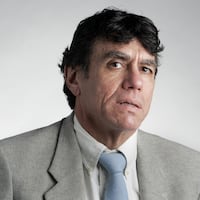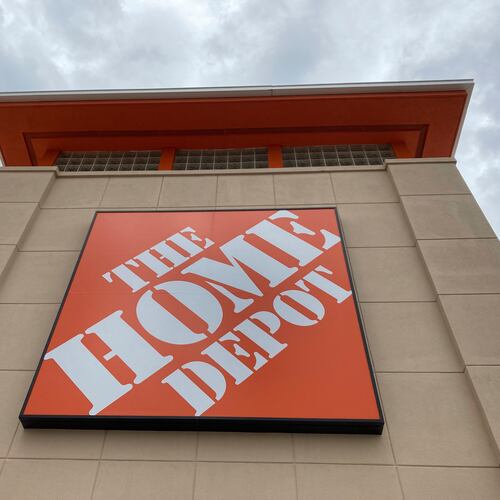Optimism just isn’t what it used to be.
The panel of economic forecasters sought out by the AJC to peer ahead into 2010 say they think that the worst is past, that the contraction of the economy is pretty much over, that inflation will be modest and that job growth is in the offing.
But Pollyannas they ain’t.
The rosiest view belongs to Rex Macey, Atlanta-based chief investment officer for Wilmington Trust, who predicts growth of 2.8 percent during the year and a gain of 750,000 jobs — a monthly average of 62,500 — while unemployment dips to 9.5 percent.
Those are pretty upbeat numbers compared to the past two years, when the jobless rate doubled.
But Macey’s forecast pales beside previous expansions. For instance, between the 1990-91 recession and the 2001 downturn, GDP growth averaged 3.8 percent a year.
Macey paints the picture of a recovery closer to the modest expansion of 2002-2007 when GDP growth averaged 2.6 percent with monthly job growth of 103,000. And that’s not the only scenario, he says, just the most likely.
The diciest times for economists to make predictions are when the economy’s momentum is unclear, when both dangers and opportunities float above a hazy future.
For instance, toward the end of 2007, many economists were convinced that growth would be burdened by both the crunch in credit and the chill in the housing market. Yet virtually no mainstream forecasters called the recession.
Now is again a time when there is no sure path: Most recessions of the past six decades ended with a surge of growth, but no one expects that this time. So doubts remain about the economy’s true strength.
“It may be that the monetary and fiscal stimulus is accounting for much more of the economy’s improvement than everybody thought,” said Mark Vitner, senior economist at Wells Fargo. “And as those policies wind down, we may see the economy fall again. That’s the double-dip scenario.”
Double dip as in back-to-back recessions, like those of the early 1980s.
The gloomiest view on jobs comes from Rajeev Dhawan, director of the Economic Forecasting Center at Georgia State. Although he sees modest growth, Dhawan predicts the loss of 350,000 jobs during the year — which would mean monthly job losses turning to job growth by year’s end. With political conflict in Washington on issues like health care and banking, the Dow Jones Industrial Average will end the year below 10,000, he said.
Even so, improved growth and higher inflation will persuade the Federal Reserve to start raising interest rates late in the year, he said.
Any forecast can be blind-sided by unexpected “shocks,” Dhawan said — if oil prices spike or plunge, if there is war, if financial markets melt down.
For his part, Dhawan was more pessimistic in November 2007 than most forecasters — yet was still too upbeat. He warned that credit problems were a threat, but forecast decent job growth for the next two years. Since then? The economy has hemorrhaged 7.2 million jobs.
About the Author
Keep Reading
The Latest
Featured


